Norders Move to Monroe, Wisconsin
by Phyllis Zeck
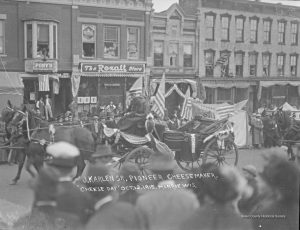 In the 1860 census my 3rd great grandparents Leonhard and Magdalene moved their large family from New Glarus to the town of Sylvester which is 16 miles south. Leonhard was a farmer. In the 1870 census Leonard and Magdalena were living with their younger children Mathias, Leonard, Gustave and Emma. Sons Fridolin, Leonard and Gustave remained in the area to raise their families. My ancestors were successful farmers in Sylvester. There was no shortage of cheese factories in the town. The photo above is courtesy of the Wisconsin Historical Society and notes “taken looking towards the east side of the square in Monroe. Truckenbrod’s (the photographer) Rexall Pharmacy is in the middle of the picture. It appears that J. Karlen Sr. is the man sitting in the coach. He was an early cheese maker in Monroe. The occasion is the 1915 Cheese Day parade held on October 12.” (click to enlarge)
In the 1860 census my 3rd great grandparents Leonhard and Magdalene moved their large family from New Glarus to the town of Sylvester which is 16 miles south. Leonhard was a farmer. In the 1870 census Leonard and Magdalena were living with their younger children Mathias, Leonard, Gustave and Emma. Sons Fridolin, Leonard and Gustave remained in the area to raise their families. My ancestors were successful farmers in Sylvester. There was no shortage of cheese factories in the town. The photo above is courtesy of the Wisconsin Historical Society and notes “taken looking towards the east side of the square in Monroe. Truckenbrod’s (the photographer) Rexall Pharmacy is in the middle of the picture. It appears that J. Karlen Sr. is the man sitting in the coach. He was an early cheese maker in Monroe. The occasion is the 1915 Cheese Day parade held on October 12.” (click to enlarge)
The first settlement of Sylvester was made by William Woodle in 1836. The town was laid out in part by my 3rd great grand uncle Jacob Norder (Leonhard’s brother). He was living in Sylvester in 1850. The following in an excerpt from the Wisconsin Histrorical Society: “The Evangelical Cemetery Association was formed in 1860. They bought one-half acre of land of Jacob Stauffacher on section 5. In 1872 it was platted into lots. It contains twenty- eight lots, 18×34 feet in size. It was laid out by Jacob Norder, Henry Baebler, Dietrich Stauffacher and Jacob Stauffacher. Among the first burials here were those of the remains of John Rhiner and Michael North. The present directors are Dietrich Stauffacher and Henry Stauffacher. The treasurer is John Elmer.”
By the 1880 census my 2nd great grandfather Dietrich Richard who was 34 and a teamster had moved his family 8 miles south west making Monroe their home. Fanny’s father Rudolph Blum was 91 and lived with them. In the 1910 census Richard and Fannie owned their home at 1024 East Street in Monroe and Richard was still a laborer for the teamsters. Richard died in 1915, Fanny in 1943.
The following in an excerpt from the Wisconsin Historical Society: “The first move toward settlement, in what is now the town of Monroe, was made in 1830. John B. Skinner came here that year, for the purpose of mining. He erected a log cabin and smelting furnace. In the spring of 1834 Nicholas Cornelius visited the place and found four vacant log cabin and a log building for a smelting furnace. One of these cabins was on arise of ground, and there were port holes in every side of it, showing that they were prepared to defend themselves in case of attack. In 1835 operations were again begun here by Nicholas Cornelius, Hiram Rust, Richard Palmer and Joab Enos. Mr. Enos left in the fall of 1835 while the others remained until the fall of 1836. They sold their ore to William S. Hamilton, a son of Alexander Hamilton, of National fame. He had a smelting furnace at Wiota, WI.”
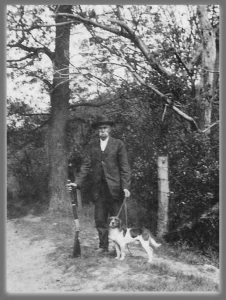 I found the following article about Richard’s brother Leonard (my 2nd great grand uncle) in the Monroe Times. The Inter Ocean was a Chicago paper.
I found the following article about Richard’s brother Leonard (my 2nd great grand uncle) in the Monroe Times. The Inter Ocean was a Chicago paper.
BADGER BATTLES PUP – Twenty-Five Pounder Gives Stiff Flight when Cornered. Special Dispatch to The Inter Ocean. MONROE. Wis., Oct. 18 1907.
“Leonard Norder, residing seven miles northeast of town, killed a twenty-five pound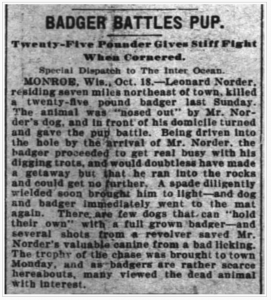 badger last Sunday. The animal was “nosed out” by Mr. Norder’s dog and in front of his domicile turned and gave the pup battle. Being driven into the hole by the arrival or Mr. Norder the badger proceeded to get real busy with his digging trots, and would doubtless have made a getaway, but that he ran Into the rocks and could get no further. A spade diligently wielded soon brought him to light and dog and badger immediately went to the mat again. There, are few dogs that can “hold their own” with a full grown badger and several shots from a revolver saved Mr. Norder’s valuable canine from a bad licking. The trophy of the chase was brought to town Monday, and as badgers are rather scarce hereabouts, many viewed the dead animal with interest.”
badger last Sunday. The animal was “nosed out” by Mr. Norder’s dog and in front of his domicile turned and gave the pup battle. Being driven into the hole by the arrival or Mr. Norder the badger proceeded to get real busy with his digging trots, and would doubtless have made a getaway, but that he ran Into the rocks and could get no further. A spade diligently wielded soon brought him to light and dog and badger immediately went to the mat again. There, are few dogs that can “hold their own” with a full grown badger and several shots from a revolver saved Mr. Norder’s valuable canine from a bad licking. The trophy of the chase was brought to town Monday, and as badgers are rather scarce hereabouts, many viewed the dead animal with interest.”
My great grandparents Edward C Norder and Matilda Tillie Frey lived in Monroe all of their lives as did their children with the exception of my grandmother Grace who would move to Chicago in her late teens.
The photo to the left is from the Green County Historical Society (click to enlarge). New Glarus, Sylvester and Monroe are all in Green County. The following is the text below the photo: “Company H of Monroe, Wisconsin. April 28, 1898 was the entrance of Badger troops into the Spanish-American War. Company H is shown in their brand-new uniforms gathered in the original Turner Hall before they left for duty. They went to Milwaukee where the three infantry regiments were mobilized. The Third regiment was the first to be mustered into the Federal service and the first to get away to active service at the “front” at Tampa, Florida. Col. S.P. Schadel of Monroe commanded the First Wisconsin and Capt. F. F. West commanded Company H. M.C. Durst and Fred Buehler were lieutenants of the company.” (Edward Norder’s name appears in the list of soldiers. If my great grandfather served, he would have been 17 years old. I’m unable to confirm Edward noted in this photo was my great grandfather).
The company returned to this city the early part of September 1898. The war lasted 105 days and cost the U.S. $140,500,000 according to the Wood County Reporter in Grand Rapids, Wisconsin.


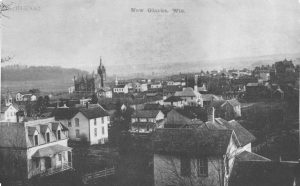
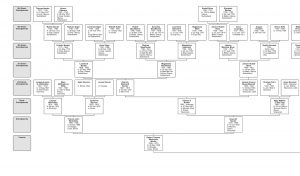
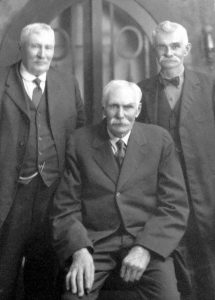
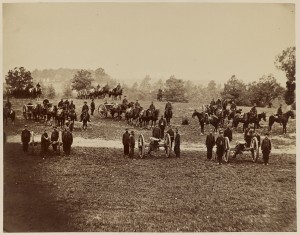
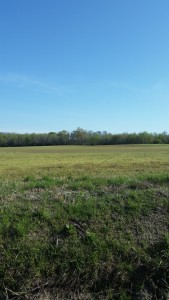
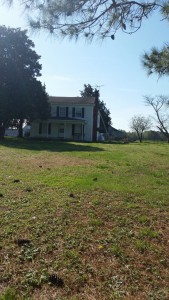
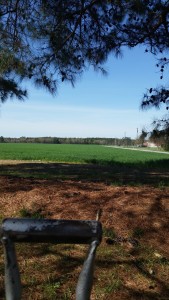
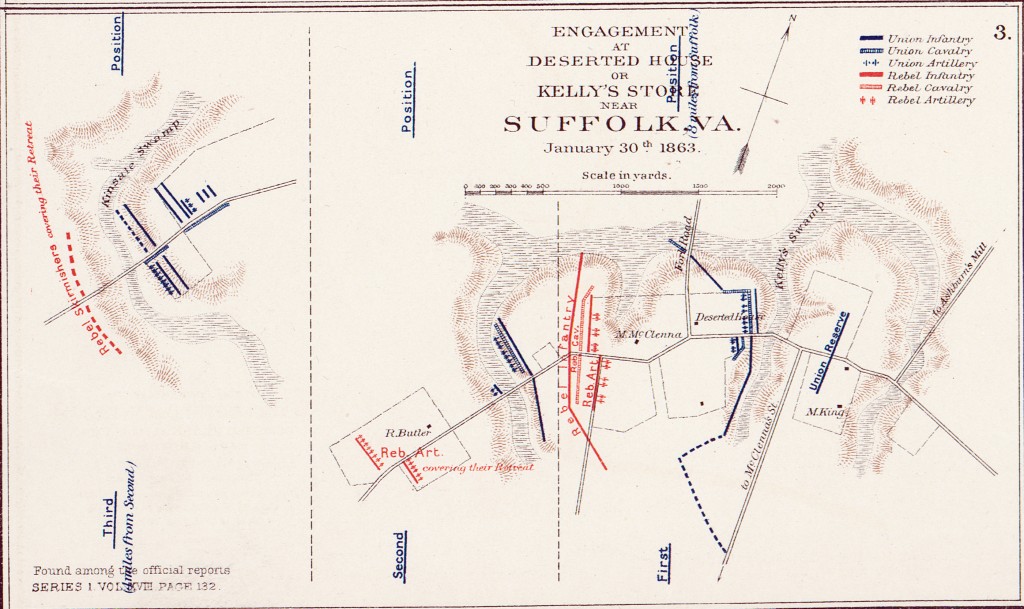
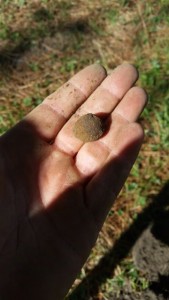

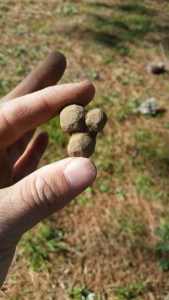
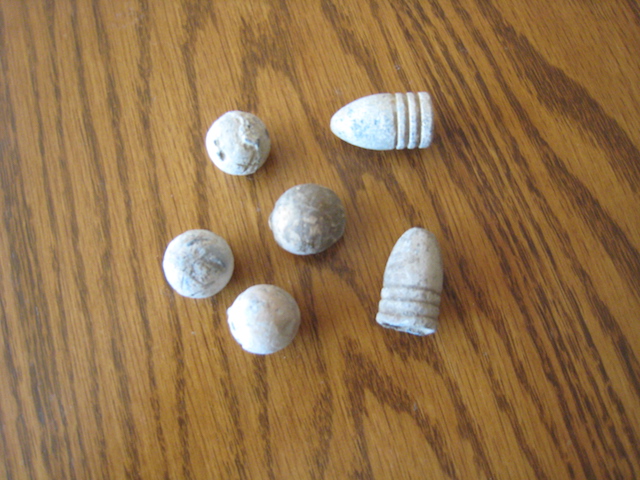

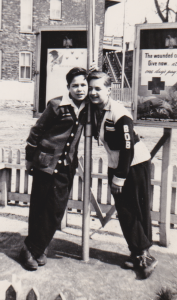
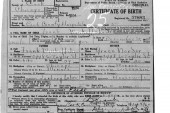
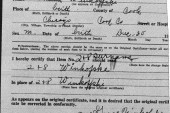
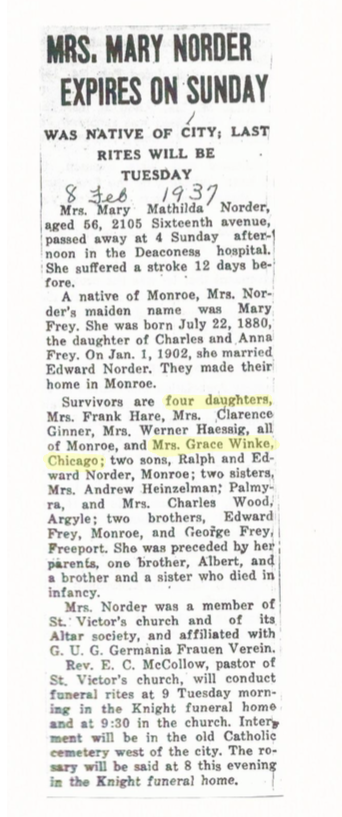

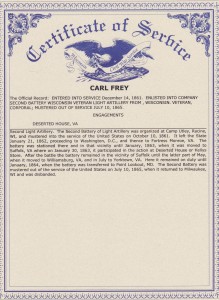
Comments
Hearing Aunties voice brought tears to m More...
So wonderful to hear my mother's voice. More...
Angelica Ciolli is my 2nd great-grandmot More...
I should have mentioned that Uncle Paul More...
Iam the Granddaughter of Donato and Hele More...